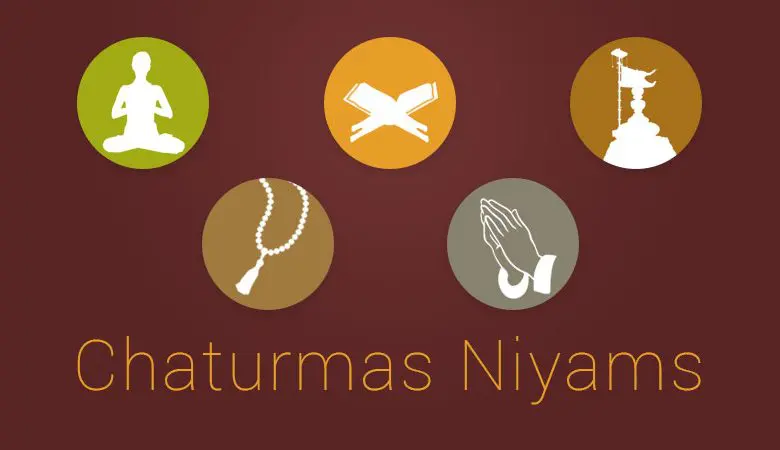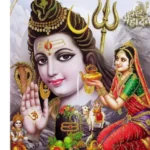Reflection
Chaturmas is a step toward giving life a new direction.
Chaturmas is a step toward righteousness.
Chaturmas is a step toward earning merit.
Chaturmas is a step toward chanting and penance.
Chaturmas is a step toward knowledge and meditation.
Chaturmas is a step toward devotion and worship.
Chaturmas is a step toward equanimity.
Chaturmas is a step toward self-study.
Chaturmas is a step toward spiritual discipline.
Chaturmas is a step toward attaining the guru’s proximity.
Chaturmas is a step toward serving the guru.
Chaturmas is a step toward freedom from sins.
Chaturmas is a step toward liberation from passions.
Chaturmas is a step toward stability.
Chaturmas is a step toward charity, compassion, and serving fellow devotees.
Chaturmas is a step toward fasting, dietary restraints, and spiritual vows.
Chaturmas is a step toward purification.
Chaturmas is a step toward self-reflection.
Chaturmas is a step toward self-contentment.
Chaturmas is a step toward deepening contemplation and philosophy.
Chaturmas is a step toward shedding karmas.
Chaturmas is a step toward liberation.
Chaturmas is an opportunity to reside at the guru’s feet.
Chaturmas is an opportunity to worship the guru.
Chaturmas is an opportunity to listen to daily discourses.
Chaturmas is an opportunity for divine devotion.
Chaturmas is an opportunity to celebrate the Paryushana festival.
Chaturmas is an opportunity for scriptural study.
Chaturmas is an opportunity to worship the Tirthankaras.
Chaturmas is an opportunity to read the lives of Tirthankaras.
Chaturmas is an opportunity to hear blessings from gurus.
Chaturmas is an opportunity to receive the guru’s blessings.
Chaturmas is an opportunity to transform one’s life.
Chaturmas is an opportunity to immerse in the soul.
Chaturmas is an opportunity for spiritual upliftment.
Chaturmas is an opportunity to progress from the self to the Supreme.






